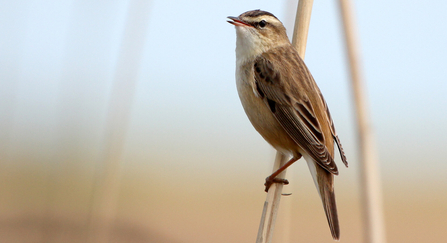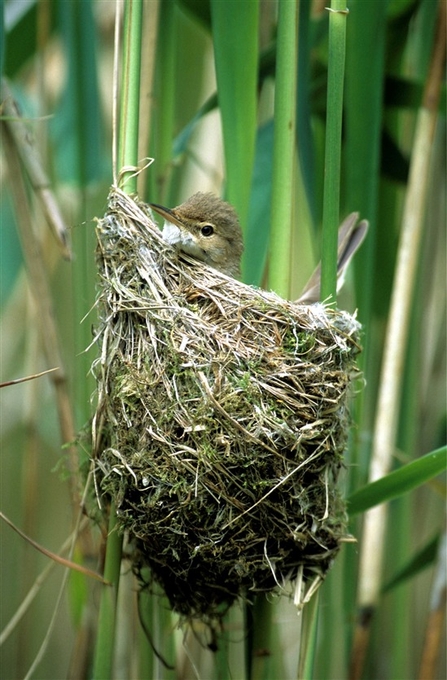Cossington Meadows nature reserve has several warbler species. Chiffchaffs can be seen and heard across the reserve and willow warblers like to inhabit Brook Wood and Mill Wood.
There is just one problem, they are very difficult to spot! When one comes into view, by the time you have found it with your binoculars, they have moved away into the dense vegetation, out of sight from prying eyes!







